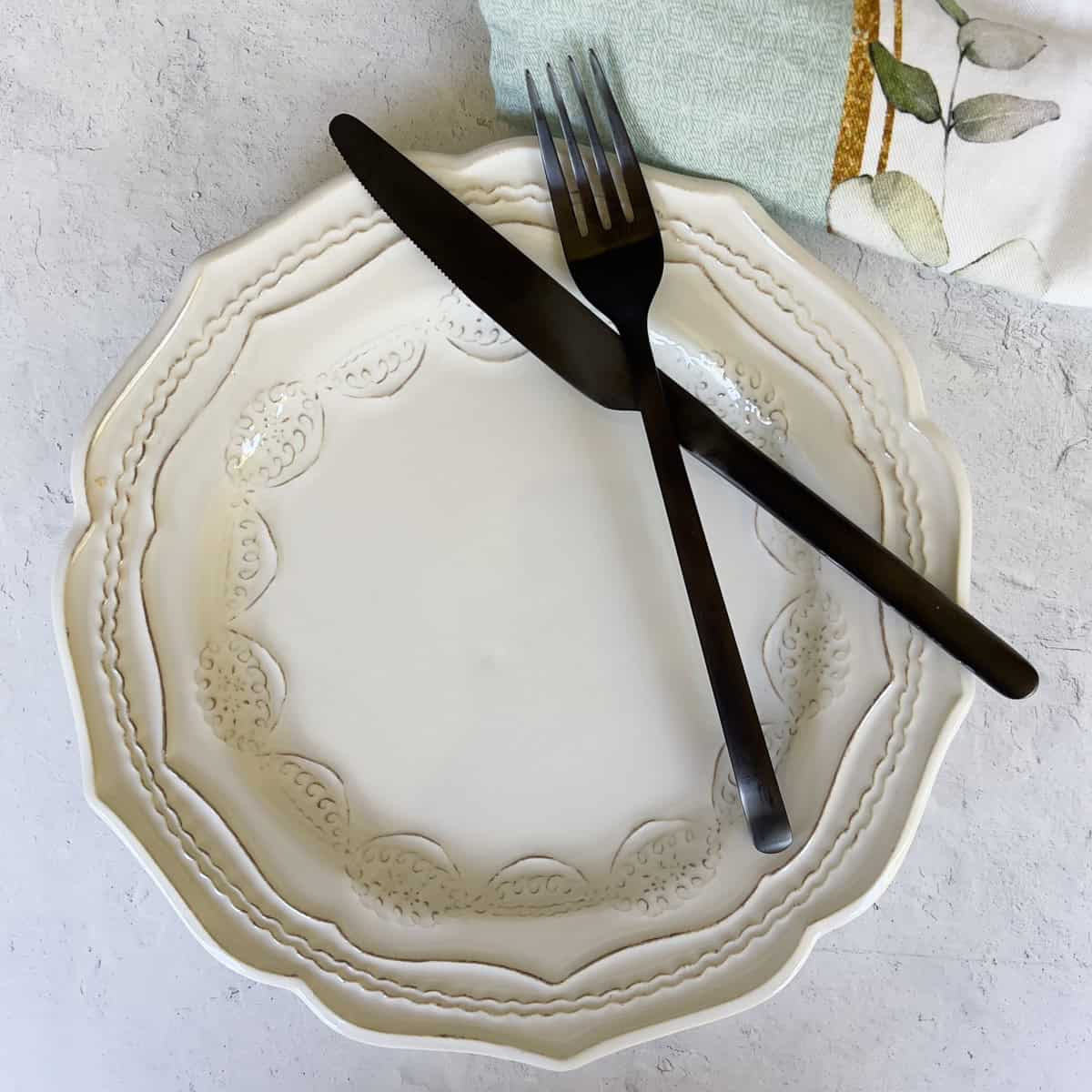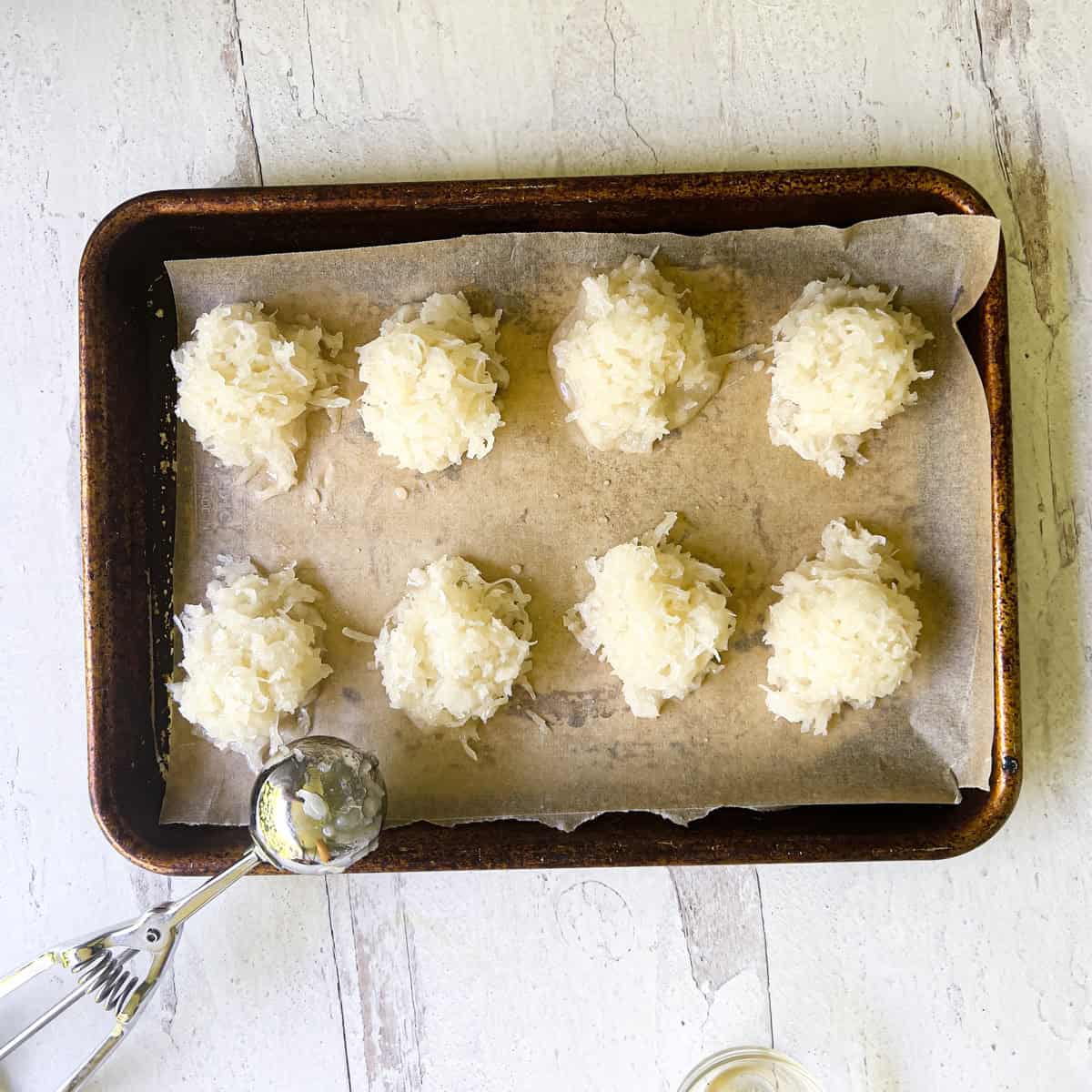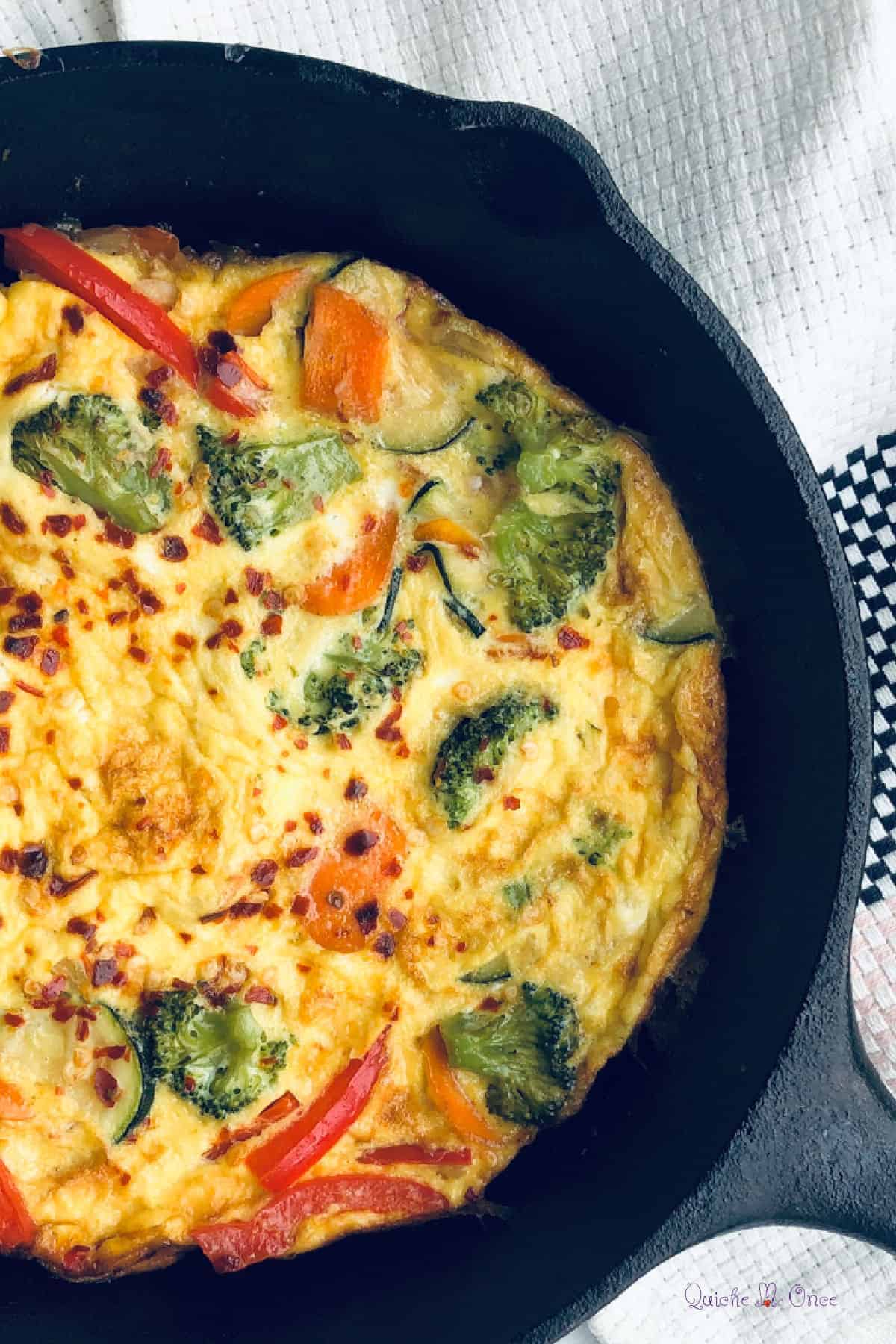Cooking for one doesn’t mean you have to suffer through endless leftovers. With some planning and the right strategies, you can enjoy homemade meals that are perfectly portioned for your appetite. Here are some expert tips to help you cook efficiently, reduce waste, and keep your meals exciting.

1. Invest in the Right Tools
Start by equipping your kitchen with small-sized cookware. A small frying pan, 2-quart saucepan or dutch oven, and mini baking dishes are great for cooking single portions. This not only makes cooking more manageable but also helps control portions. Think about what you like to cook and then purchase the necessary items. Probably 30 years ago Michael Pollan wrote a great post on the minimalist kitchen. I remember almost immediately going shopping and picking up several of his recommendations, and they are still working in my kitchen today! Always quality over quantity. He is one of my favorite food writers!
A few of my go-to items include:
- Small Baking Dish (5 x7)
- 8-inch and 10-inch Skillets
- 1-quart and 2-quart saucepans
- 2.75-quart Small Dutch Oven
- Mini Slow Cooker (2-quart and 3-quart models)
- 1/4 Sized Sheet Pan
- Chefs Knife
2. Plan Your Meals
Planning is crucial when cooking for one. Create a weekly meal plan that uses many of the same ingredients throughout the week in different ways. For example, buy a pack of chicken breasts, use one for a stir-fry one night, make a chicken salad the next day, and try a grilled chicken breast with veggies on another. Consider batch cooking for one person to save time and money.
3. Buy Ingredients Wisely
Shop for fresh produce at stores that allow you to buy individual fruits and vegetables rather than pre-packed ones. Use bulk bins for grains, nuts, and spices, purchasing only what you need for a recipe or a week’s use. When buying canned goods, buy the smallest size available.
I found that fresh tomatoes can be used in most recipes that call for canned diced tomatoes.
Don’t overlook the convenience of precooked meats—many grocery stores offer a selection of ready-to-eat options, such as roasted chicken breasts. These can be easily shredded for tacos or diced for soups. Also, use the salad bar for small, fresh ingredients like cherry tomatoes, onions, beans, and blue cheese. As you become more experienced in the kitchen, you’ll learn which items you use frequently and can buy them in the appropriate amounts.
4. Utilize Your Freezer
Instead of canned fruits and veggies , buy frozen and use just the amount you need for the recipe, without the waste. Freezing is a solo cook’s best friend. If you purchase items like bread, meat, or dairy products like cheese, divide them into single-use portions and freeze them. This way, you can thaw exactly what you need when you need it.
5. Cook Once, Eat Twice… I Know you are probably tired of hearing this one!
While leftovers can be a drag, cleverly repurposing them can transform them into exciting new meals. Cooked a large batch of rice? Use some as a side one day or maybe add to a casserole, and use the remainder for an old-fashioned rice pudding.
6. Embrace Recipe Adjustments
Learn to scale down recipes to suit your needs, however the recipes on A Weekend Cook have already been scaled down. Online cooking calculators can help you adjust ingredient amounts without compromising the dish’s integrity.
7. Use Versatile Ingredients
Stock your pantry with versatile staples that can be used in multiple recipes. Ingredients like eggs, rice, pasta, and canned beans can be used in countless ways across various dishes.
8. Single-Serve Recipe Resources
Look for cookbooks or online blogs that focus on recipes for one. These resources can be invaluable in helping you understand portions and inspire you with meal ideas designed for solo dining. I hope you find what you need in the recipe files at A Weekend Cook!
9. Be Mindful of Perishables
When buying perishables, only buy what you can realistically use before they spoil. Opt for ingredients that have a longer shelf life or consider shelf-stable or frozen alternatives for more perishable items. The salad bar at your local grocery store is your friend!
Cooking for one is an opportunity to tailor your meals to your exact liking without compromise. With these strategies, not only will you reduce waste and expense, but you’ll also hone your culinary skills by adapting recipes to suit your personal taste and discover the pleasures and art of cooking for one!



